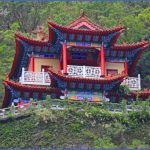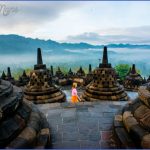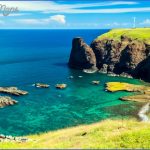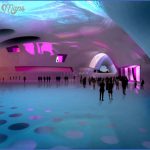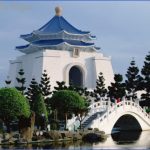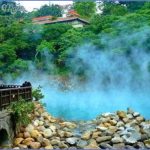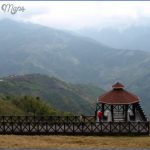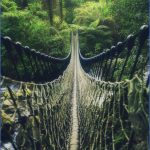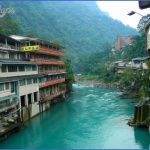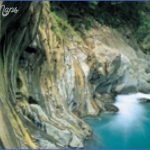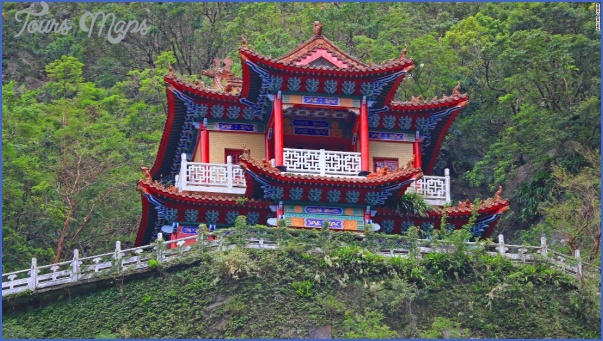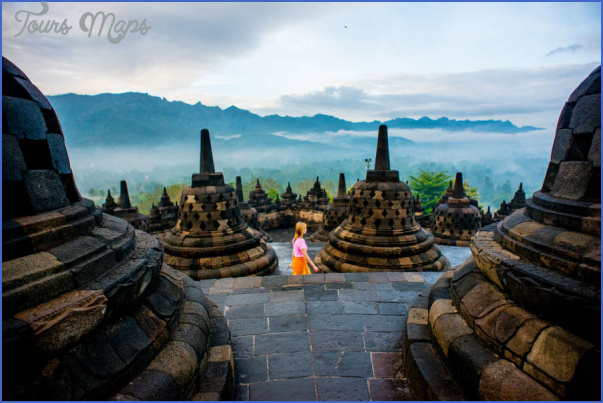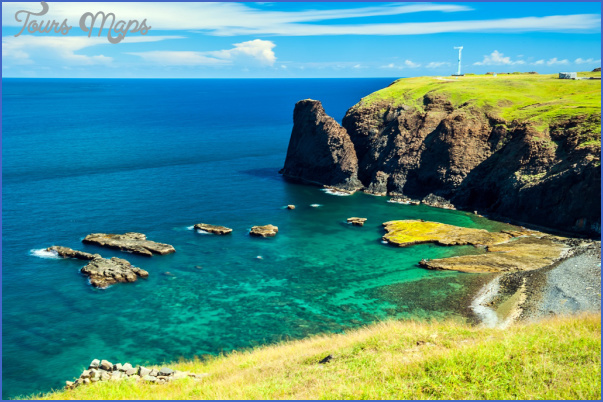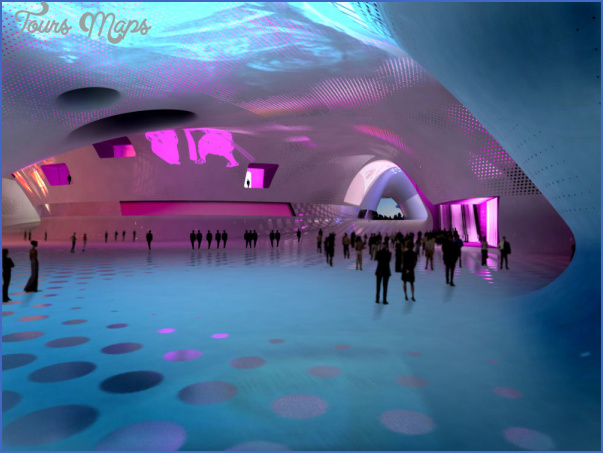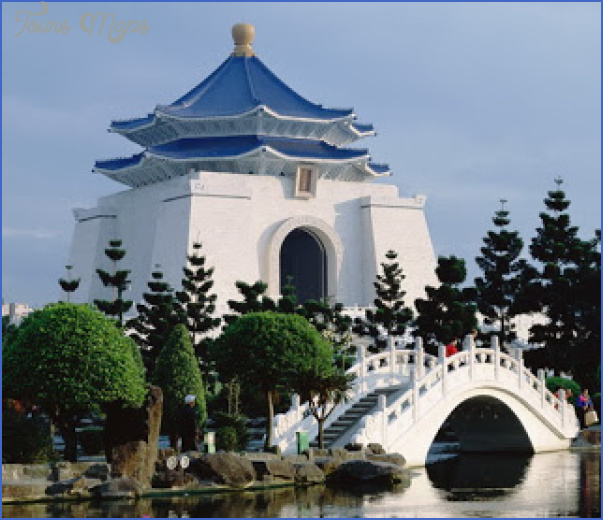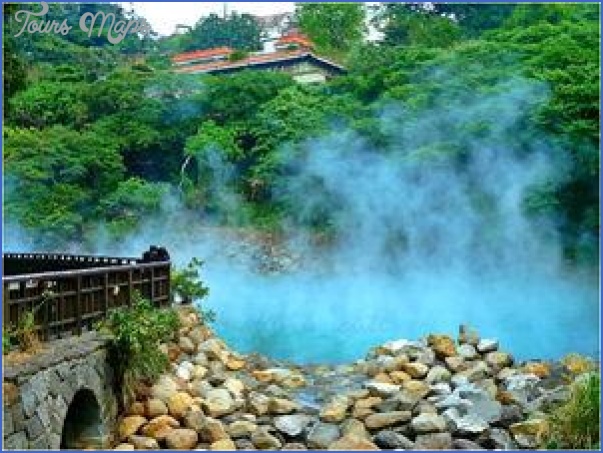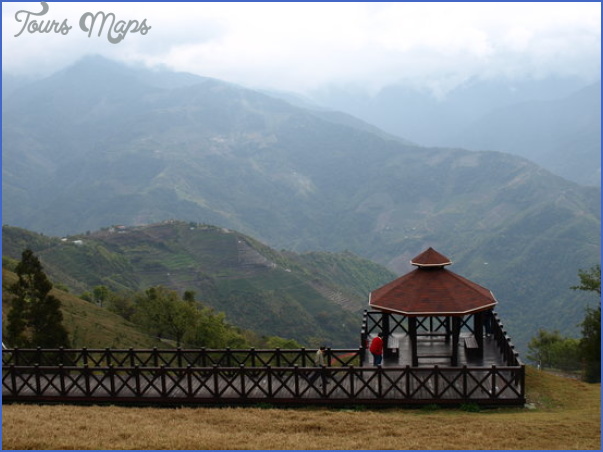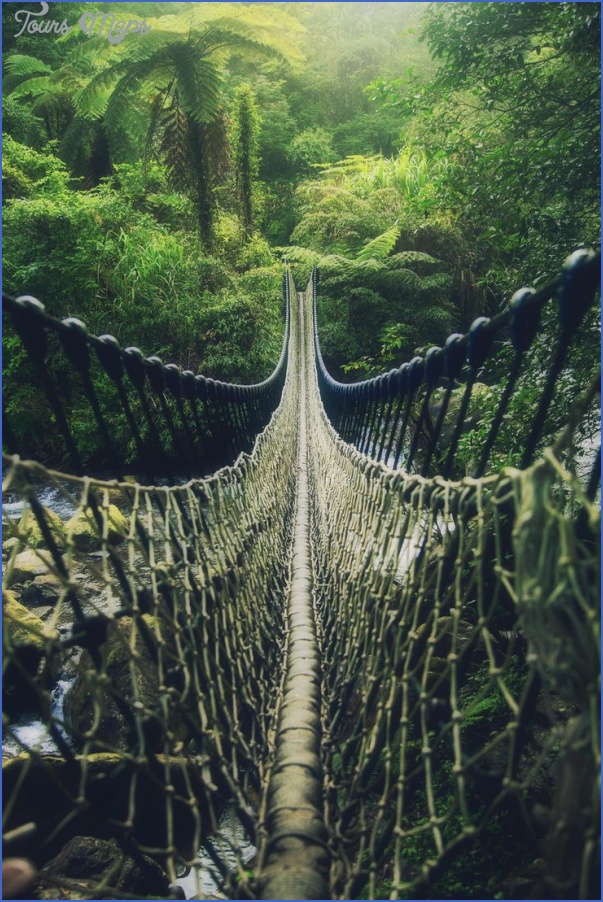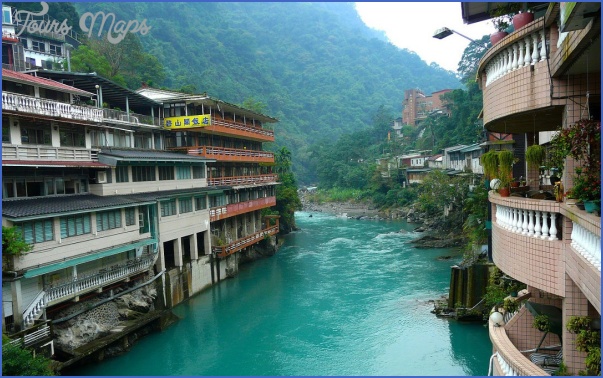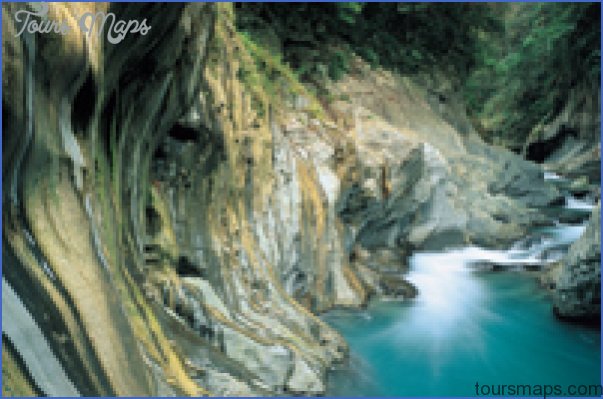Taipei (pop. 2,700,000), the capital ofthe Republic of China (a “city state” since 1967) and-through the eyes of the Taiwanese-also the provisional capital ofthe whole of China (see History), lies in the north ofthe island of Taiwan. In recent years the city, one of the fastest-growing in the whole of Asia, has became a major industrial and commercial centre. Taipei will provide the tourist with a plethora of interesting places to visit, some containing cultural treasures brought over from the Chinese mainland.
The city’s oldest quarter is Wanhua, lying between Chunghua Street and the Tamsui (Tanshui) river. Wanhua, with its colourful and noisy markets, still boasts a large number of old houses built in the traditional style.
Visitors to the markets will be urged to purchase items ranging from religious objects and herbal remedies to live snakes and exotic delicacies.
In the south of Wanhua Quarter stands Lungshan Temple (Dragon Mountain Temple), the oldest and most famous Buddhist shrine in Taipei; it is dedicated to the God of Grace and Mercy.
The original temple, built in 1740, was the victim of an earthquake in 1817. The new building completed a few years later was badly damaged in a typhoon in 1867, and the remains-with the sole exception of a camphor-wood statue of the Goddess of Mercy Kuan Yin – were completely destroyed in bombing raids in 1945. The present building dates from 1957.
The Presidential Palace lies in the city centre. On the forecourt the flag is raised and lowered at sunrise and sunset, accompanied by the national anthem. Huge events and celebrations are held here annually on October 10th, a national holiday.
Behind the Presidential Palace lies New Park, a veritable green oasis in the centre ofthe city with a three-storey pagoda, pavilions and a small pool. In the evenings fortune-tellers erect their tents on the lawns.
The Provincial Museum in New Park has collections of natural history and anthropological items. The exhibition pertaining to Taiwan’s original native inhabitants is particularly interesting.
The National University Anthropological and Archaeological Department boasts an excellent collection giving an insight into the history of pottery, carving, textiles and jewellery, weapons and other everyday items. Admission is by special arrangement only.
Along the southern edge of the city lie the charming Botanical Gardens, where visitors can see more than 700 species of plants and a pretty lotus-pool.
The nearby National History Museum houses a good collection of Chinese art and objets d’art (including imperial robes, embroidery, religious utensils, bronze work, etc.). Prime examples of the engraver’s art include ivory carvings inscribed with Chinese characters which are so minute they can be read only with the aid of a strong magnifying glass. From time to time there are temporary exhibitions of contemporary Chinese painting.
The Culture Complex on Nanhai Street includes the National History Museum described above and also the National Science Hall.
At 243 Kuei-Yang Street will be found the Museum of the History of the Taiwanese Forces.
There is an interesting Postal Museum on Chungking Street (southern section 3, No. 45).
Taiwan Travel Destinations Photo Gallery
Maybe You Like Them Too
- The Best Cities To Visit in The World
- World’s 10 Best Places To Visit
- Coolest Countries in the World to Visit
- Travel to Santorini, Greece
- Map of Barbados – Holiday in Barbados

